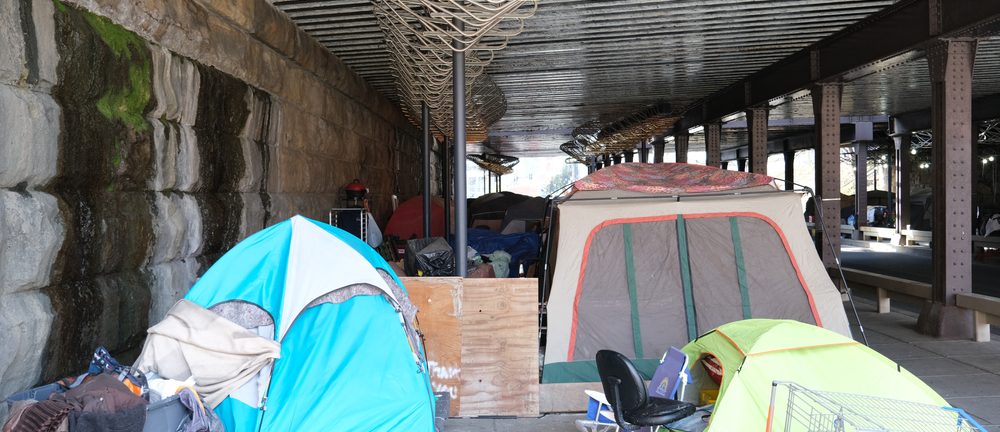Cutting the homeless rate by just 25% could prevent more than 2000 lethal opioid overdoses annually, according to recent estimates. Such a reduction in homelessness may also save the lives of more than 850 people from alcohol poisoning and avoid over 500 cocaine-related fatalities. The data is based on a study from the University of Georgia analyzing the federal data on the rates and causes of death among the unhoused population between 2007 and 2017.
The evidence suggests that the risk of death due to opioid overdose is strongly linked to homelessness. This connection is all the more alarming given the surge in homelessness in the wake of the lifting of the moratorium on evictions post-COVID. According to statistics from the US Department of Housing and Urban Development (HUD), 200,000 more people were homeless in 2023 than in 2017, a surge coinciding with the expiration of the eviction ban.
Though the nature of the relationship between homelessness and substance-related mortality is not exactly clear, researchers propose that the newly unhoused may engage in riskier substance misuse behaviors, thus increasing their risk of accidental overdose and death.
The researchers also noted that a housing-first approach to addressing the combined crises of homelessness and opioid addiction is critical. They suggest that reducing eviction rates and helping persons experiencing addiction to remain in their homes is often the first step in combating the opioid epidemic. Treatment, they assert, is the second.
